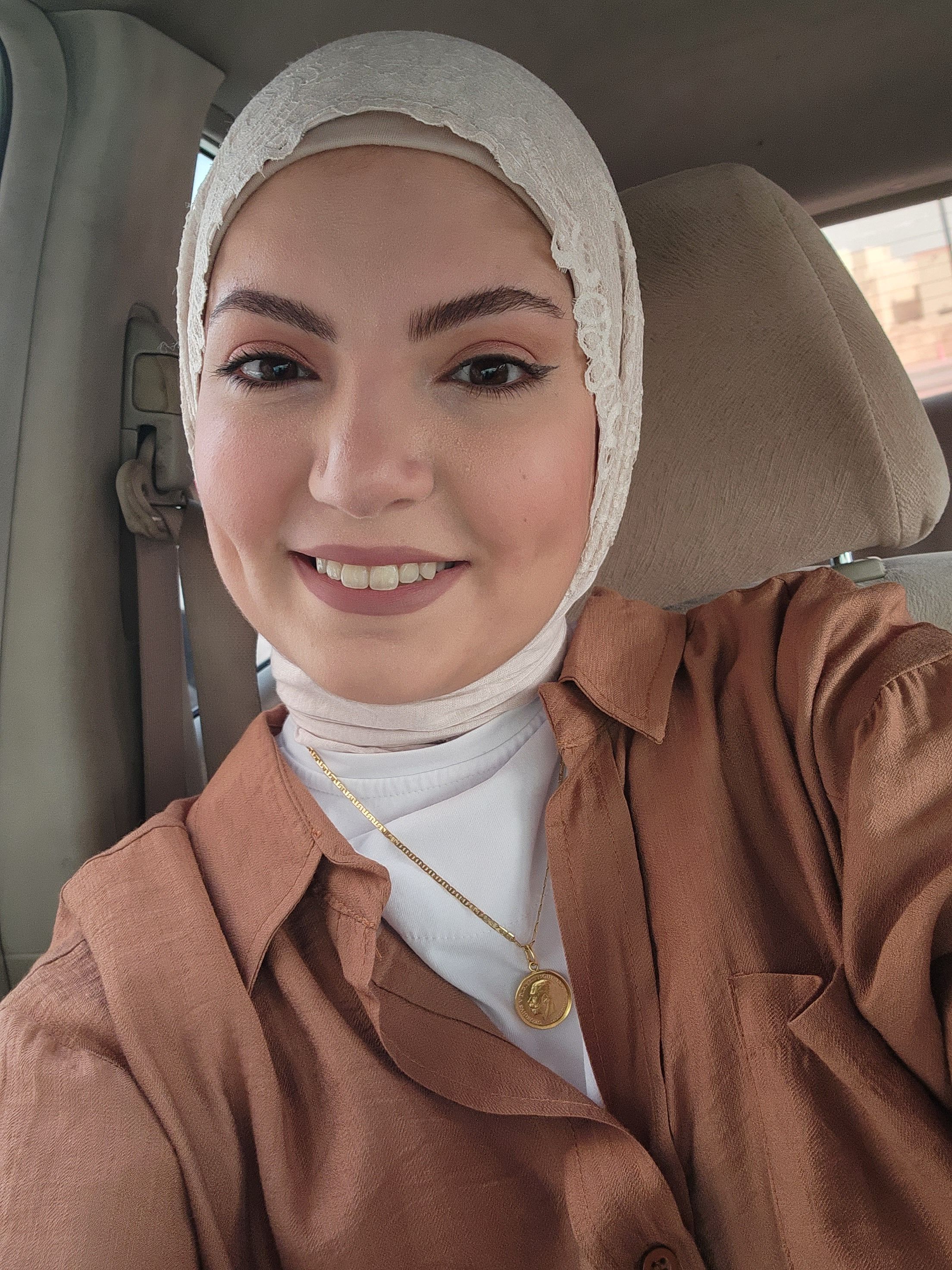Rare Disease Day !
Rare diseases pose special challenges which impact patients, the clinicians who care for them, and the investigators who study their conditions. Although rare diseases—defined as affecting < 200,000 US adults1—are individually uncommon, they are common in the aggregate, with nearly 7,000 such rare diseases affecting 25 to 30 million US adults, altogether 9% to 12% of the US population.1 Rare pulmonary diseases comprise an important subset and include, for example, alpha-1 antitrypsin deficiency (AATD), primary ciliary dyskinesia, lymphangioleiomyomatosis (LAM), Hermansky-Pudlak syndrome, Birt-Hogg-Dube syndrome, pulmonary Langerhans cell histiocytosis, and hereditary hemorrhagic telangiectasia, among many others.
The challenge of these rare diseases is captured in the names of organizations charged with their oversight, that is; the branch of the Food and Drug Administration that oversees rare disease treatments is called the Office of Orphan Products Development, the designated group of the National Institutes of Health is called the Office of Rare Diseases, and the legislation that directs regulatory requirements for drugs and devices for these conditions is called the Orphan Disease Act. Orphan diseases may lack support and advocacy just as orphans lack parents.
